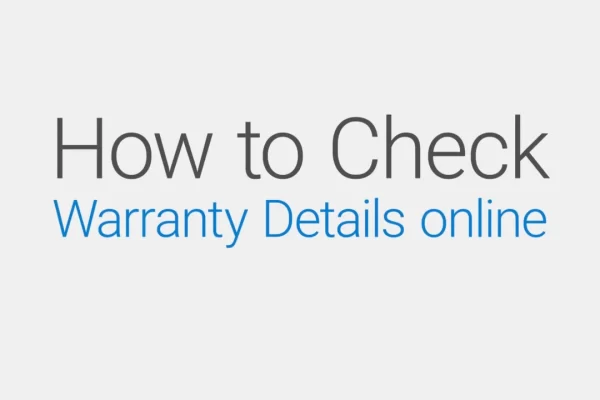Consumers will inevitably choose among different vendors to look for the best price when purchasing products and services. The evidence shows that up to 70% of individuals use price comparison as a primary approach to purchasing decisions. For retailers, knowing this information can be used to their advantage. In such a case, with the right price comparison software, it is possible to boost revenue and improve sales from the get-go.
Price comparison software in a nutshell
In short, price tool software is an instrument designed to assess prices among competitors and evaluate them based on other products within one’s portfolio. Generally, price comparison software has three key aspects:
- Speed of the tool
- Crawling and data precision
- The tool’s ability to work with multiple sites and platforms
At this point, retailers use price comparison tools to tap into a competitive advantage. There are distinct market-based pricing strategies allowing businesses properly align their activities and make price an instrument for bringing revenue. Respectively, to get your hands on price comparison tools, it is important to know how they function and how to select them properly. As a result, having a closer look at price comparison software is important for choosing the right one.
How price comparison software functions
In a nutshell, price comparison software works in three distinct phases. Some of them are repeated, while others are completed just once. When deconstructing an example of the price comparison tool, there are the following stages involved:
- The first step entails getting hands-on data. It is the phase directed at looking for a proper data source and tapping into it.
- The second step is all about starting a comparison process. Depending on the business needs, the system or software can compare factors like price, EAN, UPC, image, title, and description.
- The third and final step focuses on delivering the data to the store the client works with. It can be a separate cloud in Amazon S3 or a client’s server. In all cases, it is important to ensure the data falls into the client’s dashboard system.
In such a context, one should understand that the data obtained from the price comparison tool stores much more than mere comparison variables. This data can be fueled into modern Artificial Intelligence (AI) and Machine Learning (ML) based systems to get even better insights.
With these capabilities, you can find out your competitors, see how different companies impact your sales, determine the best first price for new products, and grant your marketing team Insights leading to the sales increase. At this point, a price comparison tool is best used with market-based pricing strategies.
Selecting the right price comparison software
When choosing the price comparison tool meeting your needs, several key aspects must be considered. The most important thing is to understand how the instrument works and what features it offers. Keeping that in mind, consider these aspects when selecting the right price comparison software:
- Data checking capabilities. You need to keep in mind that any price comparison tool works with data. At this point, all the data collected, analyzed, and processed will be the foundation of price comparison software used to grant you pricing insights. Knowing how well the tool can work with data is the most important factor in choosing price comparison software. The initial number indicates that the tool’s data accuracy percentage should be at least 90%. However, when scaling this number further, it might appear the software is comparing thousands of variables incorrectly if the total number of data points is in the tens of thousands.
- Service Level Agreement (SLA). The key thing to remember is that the SLA shows what your price comparison tool can guarantee regarding factors like accuracy, quality, delivery, and customer service. At this point, to take full advantage of the SLA, consider asking these questions:
- What is the minimum/maximum accuracy rate this company can promise me in their SLA?
- Does the SLA state that my provided data can be customized according to my needs? Can you change what competitors you are comparing prices with when you need to or are they giving you large, general data dumps of information on companies you do not need to pay for?
- Do they offer a pay-per-use model so you can avoid unnecessary costs? How accessible is their customer support service?
These questions help shed light on the degree of dedication your provider shows when offering a price comparison tool to work with. At this point, you need to have a clear ability to customize the instrument and avoid paying extra for services you don’t need or won’t use.
- User-friendliness. A good price comparison tool should be cost- and time-efficient. It means you need software that saves money and offers the insights you need. This entails having the ability to navigate the tool easily. In turn, it means an intuitive UI/UX and easy-to-use interface. At this point, having a user interface that is easy to understand makes a price comparison tool work to your advantage.
- Profitability. Finally, a price comparison tool should make you money. At this point, if the software is not easily integrated into the pricing strategy you use, there is a low chance the instrument will be profitable.

As a result, consider the aspects above when selecting the price comparison tool that will help you tap into what pricing strategies can offer. Besides, remember that any price comparison software should be easy-to-use and profitable.
The bottom line
Overall, companies need price comparison software better to grasp the market, competition, and opportunities. We’ve explored the three key stages showing how a price comparison tool functions. Besides, we’ve covered all the important features a good price comparison software should have. At this point, it is time to put all the puzzle pieces together and tap into what price comparison phenomenon have to offer. Keep in mind that not all price comparison software is the same. Essentially, you need to know all the ins and outs of the technology to make or break the price comparison tool’s capabilities.





